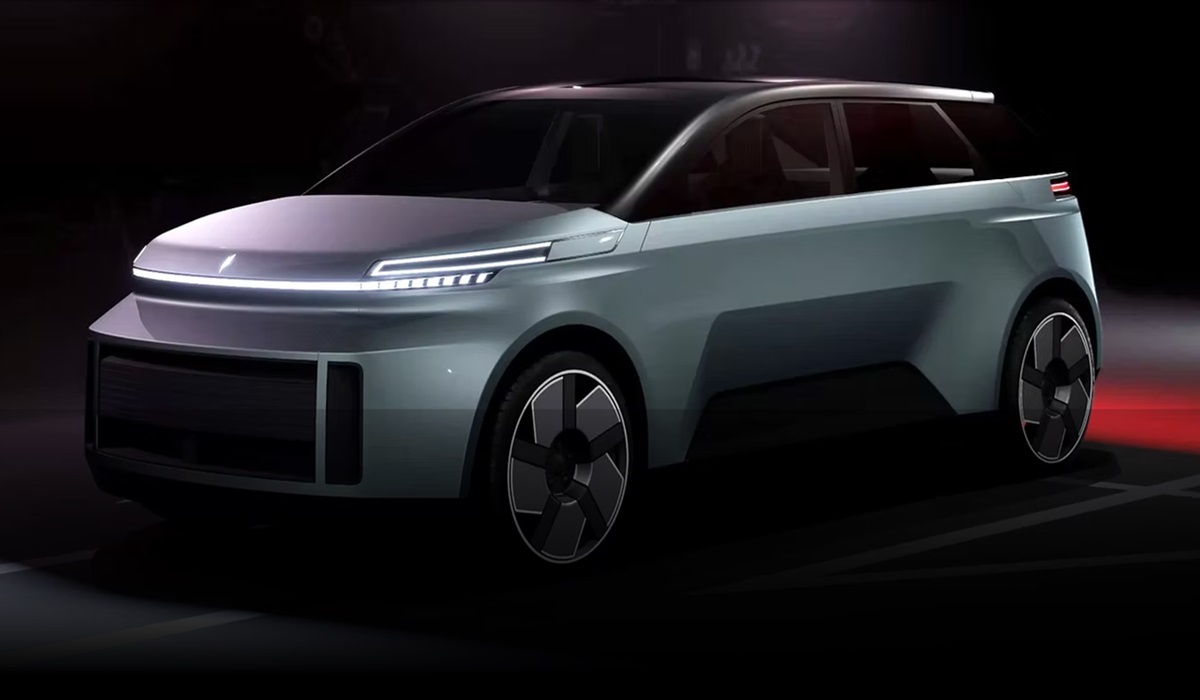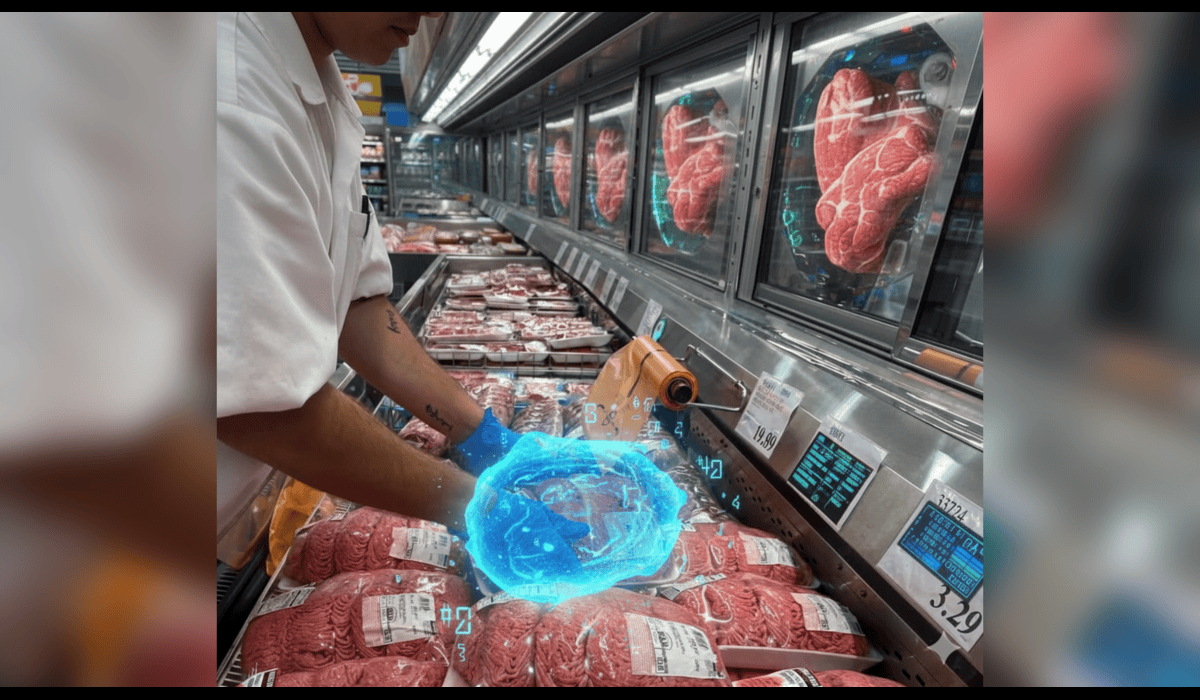The Arrow: Canada’s First Homegrown EV and the Bold Future It Represents
- TDS News
- Canada
- June 26, 2025

By: Donovan Martin Sr. Editor-in Chief
Image Credit, Arrow
Let’s call it what it is: Canada has been asleep at the wheel when it comes to the global electric vehicle (EV) revolution. While the world’s industrial giants—China, the United States, Europe, and even parts of Africa—have been racing to electrify their roads, Canada has mostly played backup, offering parts, batteries, and raw materials, but not leading with its own flagship EV. That era of complacency may have just hit a turning point, and its name is Arrow.
The Arrow is more than just a car. It’s a symbol of what’s possible when a country takes its natural wealth, industrial know-how, and national pride and puts it all into motion. Built with nearly 100% Canadian parts and materials, the Arrow is the first zero-emissions electric vehicle entirely conceived, engineered, and manufactured on Canadian soil. It’s not a prototype of mere ambition; it’s proof that Canada doesn’t have to sit at the sidelines in the most important transportation transition since the Model T.
It may not yet be on every driveway, but the significance of this EV cannot be overstated: this is Canada finally throwing its hat in the ring, not just as a resource provider, but as an innovator, manufacturer, and global competitor in a sector that will define the next century.
The Arrow was spearheaded by the Automotive Parts Manufacturers’ Association (APMA), a consortium that understood what Canada was missing—and how dangerous that void could be. For decades, Canada has exported raw materials, assembled cars for foreign companies, and watched while other nations invested in infrastructure and innovation that set them up to dominate the EV future.
The Arrow flips the script.
Everything from the aluminum frame, to the AI-enhanced onboard technology, to the battery systems and electric motors is designed and sourced in Canada. We’re talking Ontario steel, Quebec lithium, Saskatchewan rare earth minerals, and the kind of engineering talent our universities keep pumping out but often lose to Silicon Valley. Every inch of this vehicle screams: “We can do this ourselves.”
Let’s be real—Canada’s automotive industry has long been a junior partner to Detroit. The Big Three dominate Ontario’s assembly lines, and for years our national strategy has been one of quiet dependence. The Arrow offers something we haven’t had before: autonomy, leadership, and a chance to define our own future in a $7 trillion global market.
We live in an era of forever wars in the Middle East, unstable global oil markets, and rising geopolitical tensions that make energy independence more than just an environmental goal—it’s an economic and national security imperative.
Add to that a U.S. president who governs like a human game of Russian roulette, and you get the picture. Depending on global supply chains that can be disrupted by trade wars, sanctions, or outright conflict is a strategic mistake. Canada has all the raw materials to become an EV powerhouse: lithium, nickel, cobalt, copper, aluminum—you name it, we mine it. And with hydroelectric power across much of the country, we have some of the cleanest energy in the world to power EV production.
The Arrow is a blueprint for self-reliance and sustainability. It’s a car, yes—but it’s also a lifeline to a more stable, predictable, and prosperous Canadian economy.
Let’s be honest: we’re late to the game. China already dominates the EV space, producing more electric vehicles annually than the rest of the world combined. The United States is rapidly converting its manufacturing base to focus on electric, and Europe is transforming itself into a green transportation hub.
Canada? We’ve mostly shipped materials to help them do it.
But the Arrow shows we can do more than dig and ship. We can lead. We can design. We can build.
And here’s the kicker: the Arrow isn’t just a statement piece or a shiny science fair project. It’s a viable commercial product. It’s being tested. It’s undergoing safety and regulatory scrutiny. Yes, it’s still years away from full-scale assembly line production, but its existence means we no longer have to imagine what a Canadian-made EV might look like—we have one. It’s real. It’s here.
The Automotive Parts Manufacturers’ Association isn’t a brand name most Canadians recognize. But its network of more than 200 suppliers represents the beating heart of Canada’s auto sector. For decades, these companies provided everything from seatbelts to sensors to foreign automakers.
The Arrow Project was a way for these manufacturers to collectively ask a bold question: what if we made the whole thing ourselves?
Collaborating with engineering students, artificial intelligence experts, parts suppliers, and clean energy providers, the Arrow became a national project—a kind of moonshot for Canada’s tech, auto, and clean energy sectors. It’s a rolling testament to what public-private partnerships can accomplish when national interest outweighs market hesitation.
And perhaps most importantly, it’s not bankrolled by a single mega-corporation. That means the intellectual property, the talent development, and the potential profits all stay closer to home.
Let’s not sugarcoat it. We are facing climate catastrophe, resource wars, and a shrinking window to prevent ecological collapse. Transportation accounts for roughly 25% of Canada’s greenhouse gas emissions. If we’re going to hit any of our climate targets, we have to electrify everything—from personal cars to public buses to freight trucks.
The Arrow isn’t going to save the planet on its own. But it represents the first domino. It’s the model of what’s possible when a nation stops talking about change and starts building it.
This is a vehicle that doesn’t just reduce emissions—it challenges political and economic inertia. It gives young engineers a reason to stay in Canada. It gives communities a shot at future auto jobs that don’t depend on foreign companies’ whims. It gives us something to build on, not just something to admire.
Of course, massive challenges remain. The Arrow still needs funding to scale up. Canada still lacks a comprehensive EV manufacturing strategy or a cohesive industrial policy to support the kind of ecosystem needed to mass-produce vehicles domestically. We also lag in EV infrastructure, like charging stations and smart grids.
But now we have a foundation.
The Arrow has moved us from “can we?” to “when will we?”
It’s time for policymakers to stop treating the EV space like a foreign affair. It’s time to invest in our own capabilities, build our own factories, and market our own technology to the world. Canada has the resources. We have the talent. We have the need.
And now, thanks to the Arrow, we finally have a symbol—a direction, even—for how to drive our country forward.
We missed the start of the EV race. That’s true. But the finish line is far from sight, and with the Arrow in motion, Canada may just catch up—and if we move fast enough, we might even take the lead.








